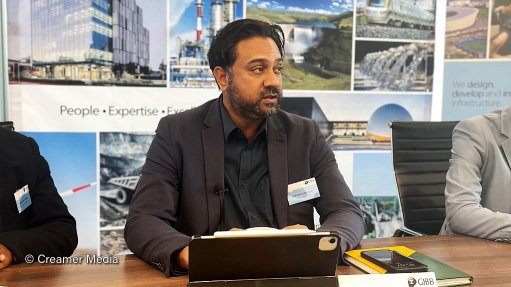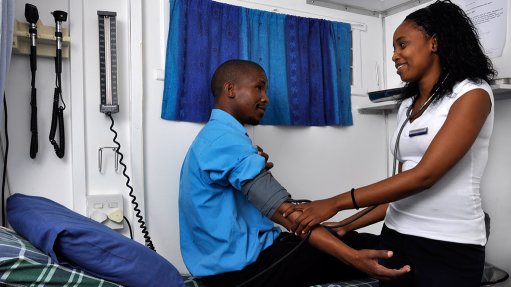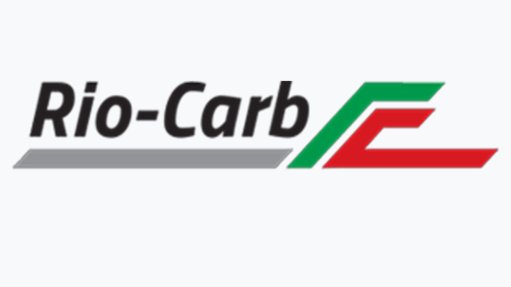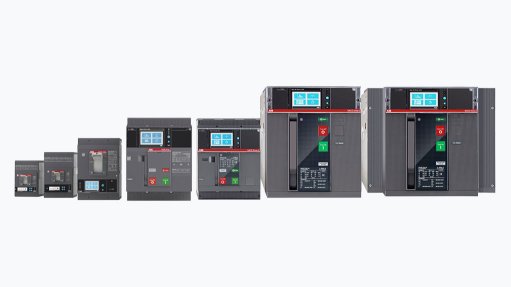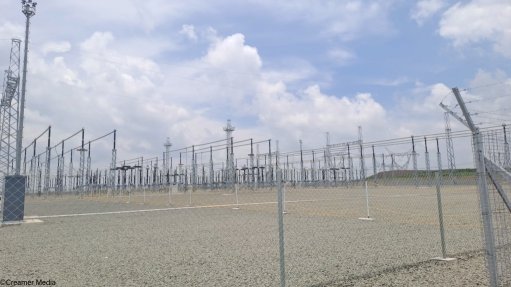Review of 82 tariff codes for solar, wind and battery inputs could have far-reaching implications
A tariff review by the International Trade Administration Commission of South Africa (Itac) of input materials and components used in wind, solar PV and battery storage facilities could have far-reaching implications for the renewables sector and electricity consumers.
In a Gazette notice, Itac indicates that it will review 82 tariff codes for inputs and materials used in the renewables and storage value chains, including everything from solar panels and generators for wind turbines, to lithium-ion batteries, aluminium and steel structures and even screws, bolts and nuts used in renewables installations.
Itac argues that global decarbonisation commitments represent an opportunity for the local production of renewables and battery products and that, by improving the tariff structure, demand for locally produced components could be increased, while the competitiveness of the local renewables value chain could be enhanced.
The Gazette containing General Notice 3142 of 2025 was published on April 17 and Itac has provided a four-week comment period.
It has requested feedback on the possibility of increasing tariffs on the listed products to their World Trade Organisation (WTO) bound rates – the highest duty that can be legally implemented by a WTO member – should there be capacity to produce these locally, as well as the prospect of introducing or removing rebate provisions.
Itac is also seeking stakeholder comment on the potential removal of the prevailing rebate on the import of solar panels, as well as on new local-content provisions.
In addition, it wants input regarding the possible relaxation of import controls on critical minerals used to produce storage products to assess whether this could incentivise local manufacture, as well as whether export controls on critical minerals could improve security of supply, especially for battery storage technologies.
The review follows the recent approval by Cabinet of the South African Renewable Energy Masterplan, or Sarem, which outlines the approach government plans to take to stimulate industrial and skills development in the renewable-energy and battery storage sectors.
Besides the manufacturing of key technologies and systems used in the two sectors, Sarem also aims to increase local content in the delivery of the balance of plant, including civil engineering and electrical works, as well as the local beneficiation of minerals used to produce renewables and storage components and products.
One of Sarem’s core pillars, however, relates to supporting demand to create the market certainty required for manufacturing investment, with the stop-start nature of public procurement in the past having emerged as a key constraint, and a major reason for the failure of wind and solar-related manufacturing plants.
XA Global Trade Advisors CEO Donald MacKay says the tariff review forms part of a broader process under way to localise and transform the renewables value chain, listing the other components as including: moves to increase local content requirements; the possible introduction of subsidies and tax incentives for investors; and the creation of a Transformation Fund to support black economic empowerment of the value chain.
He says tariff increases and/or the removal of rebates would have significant implications, with the solar panel rebate having saved importers R344-million in duty payments over the past 12 months. These savings could have been R610-million on imports worth R6.3-billion but there had been only a 55% utilisation rate.
In the unlikely scenario that duties are increased across all 82 tariff codes to their WTO bound rates, there would be a potential duty increase of R7.2-billion, compared with current duties of R37-million, MacKay calculates.
CALL FOR ‘EXTENSIVE CONSULTATION’
The South African Wind Energy Association (SAWEA), which has participated in the Sarem drafting process, has acknowledged the initiation of the review and also stresses its support for government’s long-term vision for expanding local industrialisation capabilities.
However, CEO Niveshen Govender also calls for there to be extensive consultation between government and industry to ensure “adverse effects” are avoided, and that suitable mechanisms are used to support South Africa’s localisation agenda.
“As a long-time contributor and participant to the Sarem, SAWEA believes that we should localise at a pace and scale that we can afford with energy security in mind.
“To fully support localisation at scale, it is important to first ensure consistent and continuous demand for wind energy so that local manufacturing concerns are supported and sustained in the long-term,” Govender tells Engineering News.
It will also be important, he adds, to ascertain a baseline understanding of the local supply chain and how its continued and sustainable business operations can be supported.
The association is currently engaging with its members to fully understand and unpack the implications of the tariff review.
“In continuing our efforts to advance wind energy in South Africa, deeper investigation into the impacts of potential tariffs on the local industry, the deployment of wind energy as part of the energy security plan, and the levelised cost of energy from wind energy, is required.”
While Govender welcomes the differentiated approach outlined in the Gazette, indicating that duties could be imposed where local manufacturing is seen as viable, and exemptions where it is not, he nevertheless cautions against premature removal of existing import rebates or the imposition of blanket local-content mandates.
“A flexible, incentive-driven framework – aligned to clear procurement pipelines and supported by industrial enablers like port reform, logistics coordination, and finance risk-sharing – is key to enabling sustainable localisation,” Govender avers.
South African Independent Power Producer Association chairperson Brian Day says, while there is overwhelming support for localisation, the Itac tariff review has arisen unexpectedly, with little clarity as to how tariffs will lead directly to localisation.
“Without consistent demand in the Integrated Resource Plan, this effort is also futile.
“Market-pull through such demand should precede other measures to ensure the required industrialisation,” Day argues.
VALUE-CHAIN ANALYSIS NEEDED
South African Photovoltaic Industry Association (SAPVIA) CEO Dr Rethabile Melamu also tells Engineering News that the association is currently engaging with its members to gather input for a comprehensive written response.
However, SAPVIA already had some immediate concerns, including with the four-week comment period, which Melamu describes as too short to allow industry to make comprehensive submissions.
The association is also of the view that the rationale provided for the tariff review does not clearly align with existing government strategies such as the Sarem, the Integrated Resource Plan, or the country’s Nationally Determined Contributions.
“In our discussions with Itac, it has been noted that the proposed tariffs are believed to support the creation of manufacturing-related jobs. However, most employment opportunities in the solar PV sector are generated during the deployment and installation phases of projects, not necessarily in manufacturing.
“For instance, a PV module assembly plant with a capacity of 500 MW typically employs only 60 to 100 people, as these processes are largely automated. In contrast, the manufacturing of mounting structures can create 10 times more jobs, with hundreds in the deployment of the technology,” Melamu explains.
She argues that any introduction of tariffs on solar components should thus be guided by a comprehensive value chain analysis, including a detailed assessment of employment potential across the entire PV value chain.
SAPVIA is also concerned about the potential removal of the rebate on solar PV modules, which it believes will be detrimental to the sector.
“Our view is that the current local manufacturing capacity is less than 15% of domestic demand and likely to decrease based on the project pipeline. Scaling to 50% or more will take several years and hinges on a stable electricity supply,” Melamu adds.
She stresses, however, that SAPVIA remains committed to constructive engagement with government stakeholders to ensure that any tariff-related decisions support both industrial development and South Africa’s renewable-energy transition.
Article Enquiry
Email Article
Save Article
Feedback
To advertise email advertising@creamermedia.co.za or click here
Comments
Press Office
Announcements
What's On
Subscribe to improve your user experience...
Option 1 (equivalent of R125 a month):
Receive a weekly copy of Creamer Media's Engineering News & Mining Weekly magazine
(print copy for those in South Africa and e-magazine for those outside of South Africa)
Receive daily email newsletters
Access to full search results
Access archive of magazine back copies
Access to Projects in Progress
Access to ONE Research Report of your choice in PDF format
Option 2 (equivalent of R375 a month):
All benefits from Option 1
PLUS
Access to Creamer Media's Research Channel Africa for ALL Research Reports, in PDF format, on various industrial and mining sectors
including Electricity; Water; Energy Transition; Hydrogen; Roads, Rail and Ports; Coal; Gold; Platinum; Battery Metals; etc.
Already a subscriber?
Forgotten your password?
Receive weekly copy of Creamer Media's Engineering News & Mining Weekly magazine (print copy for those in South Africa and e-magazine for those outside of South Africa)
➕
Recieve daily email newsletters
➕
Access to full search results
➕
Access archive of magazine back copies
➕
Access to Projects in Progress
➕
Access to ONE Research Report of your choice in PDF format
RESEARCH CHANNEL AFRICA
R4500 (equivalent of R375 a month)
SUBSCRIBEAll benefits from Option 1
➕
Access to Creamer Media's Research Channel Africa for ALL Research Reports on various industrial and mining sectors, in PDF format, including on:
Electricity
➕
Water
➕
Energy Transition
➕
Hydrogen
➕
Roads, Rail and Ports
➕
Coal
➕
Gold
➕
Platinum
➕
Battery Metals
➕
etc.
Receive all benefits from Option 1 or Option 2 delivered to numerous people at your company
➕
Multiple User names and Passwords for simultaneous log-ins
➕
Intranet integration access to all in your organisation











